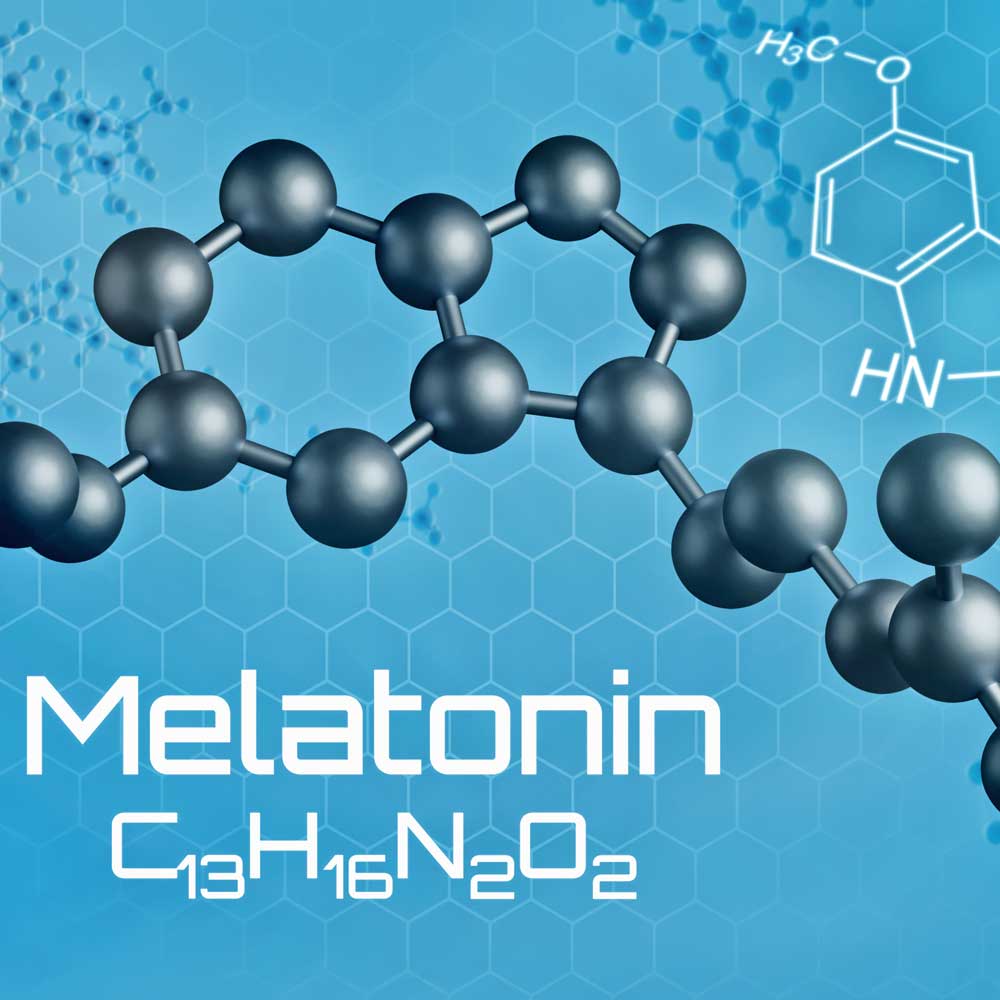Latest Facts
Medical Studies on Melatonin – Latest Facts

You want to get a fast overview on the latest research on melatonin and its multiple applications? – In this category you will find the most important studies listed separately; of course, these are also assigned to the respective subject areas.
The selection of the presented papers was made by the scientific committee of Interchron, the international forum for chronobiology, and it will be updated continuously.
Medical Studies on Melatonin – Latest Facts
Pancreatic cancer has a high mortality rate due to the absence of early symptoms and subsequent late diagnosis; additionally, pancreatic cancer has a high resistance to radio- and chemotherapy. Multiple inflammatory pathways are involved in the pathophysiology of pancreatic cancer.
Non-small-cell lung cancer (NSCLC) is a type of malignancy with progressive metastasis having poor prognosis and lowered survival resulting from late diagnosis. The therapeutic approaches for the treatment of this incurable cancer are chemo- and radiotherapy.
Sleep inertia, broadly defined as decrements in performance and lowering of alertness following waking, lasts for durations ranging between 1 min and 3 hrs. This study investigated whether, compared to a dim light condition (the control), exposure to long-wavelength (red) light delivered to closed eyelids during sleep (red light mask) and to eyes open upon waking (red light goggles) reduced sleep inertia.
Successful pregnancy requires adaptation in maternal physiology. During intrauterine life the mother’s circadian timing system supports successful birth and postnatal development. Maternal melatonin is important to transmit circadian timing and day length to the fetus.
The risk of herpes zoster (HZ) increases with age and declining immune function. Increased oxidative stress and inflammatory conditions may cause a negative impact on the immune responses.
Ovarian cancer is one of the most common causes of morbidity related to gynecologic malignancies. Possible risk factors are including hereditary ovarian cancer, obesity, diabetes mellitus, alcohol consumption, aging, and smoking.
The effects of circadian misalignment and work shift on oxidative stress profile of shift workers have not been explored in the literature. The present study aimed to evaluate the role of shift work (day and night) and social jetlag – a measure of circadian misalignment – with oxidative stress markers.
Aging and various age-related diseases are associated with reductions in melatonin secretion, proinflammatory changes in the immune system, a deteriorating circadian system, and reductions in sirtuin-1 (SIRT1) activity.
Disruption of circadian rhythmicity induced by prolonged light exposure, altered sleep patterns and shift work is associated with the development of obesity and related metabolic disorders, including type 2 diabetes and cardiovascular diseases.
Insulin resistance is a main determinant in the development of type 2 diabetes mellitus and a major cause of morbidity and mortality.
Previous research has identified insomnia as a predictor for the onset of depression. The aim of this meta-analysis is to investigate whether insomnia also predicts the onset of other mental disorders.
This study compared urinary 6-sulfatoxymelatonin (aMT6s) over 24 hours among fibromyalgia (FM), major depression disorder (MDD), and healthy control (HC) groups, and examined whether rhythm is correlated with depressive symptoms. To answer this question we compared the rhythm of urinary aMT6s secretion among each group in four time series: morning (06:00-12:00 hours), afternoon (12:00-18:00 hours), evening (18:00-24:00 hours), and night (24:00-06:00 hours). In the FM subjects, we assessed if the rhythm of urinary aMT6s secretion is associated with pain severity, sleep quality, number of trigger points (NTPs), and the pain pressure threshold (PPT).
Preeclampsia remains a leading cause of maternal and perinatal morbidity and mortality. There have been no material advances in the treatment of preeclampsia for nearly 50 years. Combining in vitro studies and a clinical trial, we aimed to determine whether melatonin could be a useful adjuvant therapy.
Melatonin is a lipophilic hormone synthesized and secreted mainly in the pineal gland, acting as a neuroendocrine transducer of photoperiodic information during the night. In addition to this activity, melatonin has shown an antioxidant function and a key role as regulator of physiological processes related to human reproduction.
Heart failure is a multifactorial clinical syndrome characterized by the inability of the heart to pump sufficient blood to the body. Despite recent advances in medical management, poor outcomes in patients with heart failure remain very high. This highlights a need for novel paradigms for effective, preventive and curative strategies.
There is considerable evidence that melatonin may be of use in the prevention and treatment of cancer. This manuscript will review some of the human, animal and cellular studies that provide evidence that melatonin has oncostatic properties.
Oxidative damage to DNA has important implications for human health and has been identified as a key factor in the onset and development of numerous diseases. Thus, it is evident that preventing DNA from oxidative damage is crucial for humans and for any living organism. Melatonin is an astonishingly versatile molecule in this context.
Melatonin is an ancient antioxidant. After its initial development in bacteria, it has been retained throughout evolution such that it may be or may have been present in every species that have existed. Even though it has been maintained throughout evolution during the diversification of species, melatonin’s chemical structure has never changed; thus, the melatonin
Oxidative stress is known as a major contributing factor involved in oocyte aging, which negatively affects oocyte quality and development after fertilization. Melatonin is an effective free radical scavenger and its metabolites AFMK and AMK are powerful detoxifiers that eliminate free radicals.
Premature ovarian failure is one of the side effects of chemotherapy in pre-menopausal cancer patients. Preservation of fertility has become increasingly important in improving the quality of life of completely recovered cancer patients.